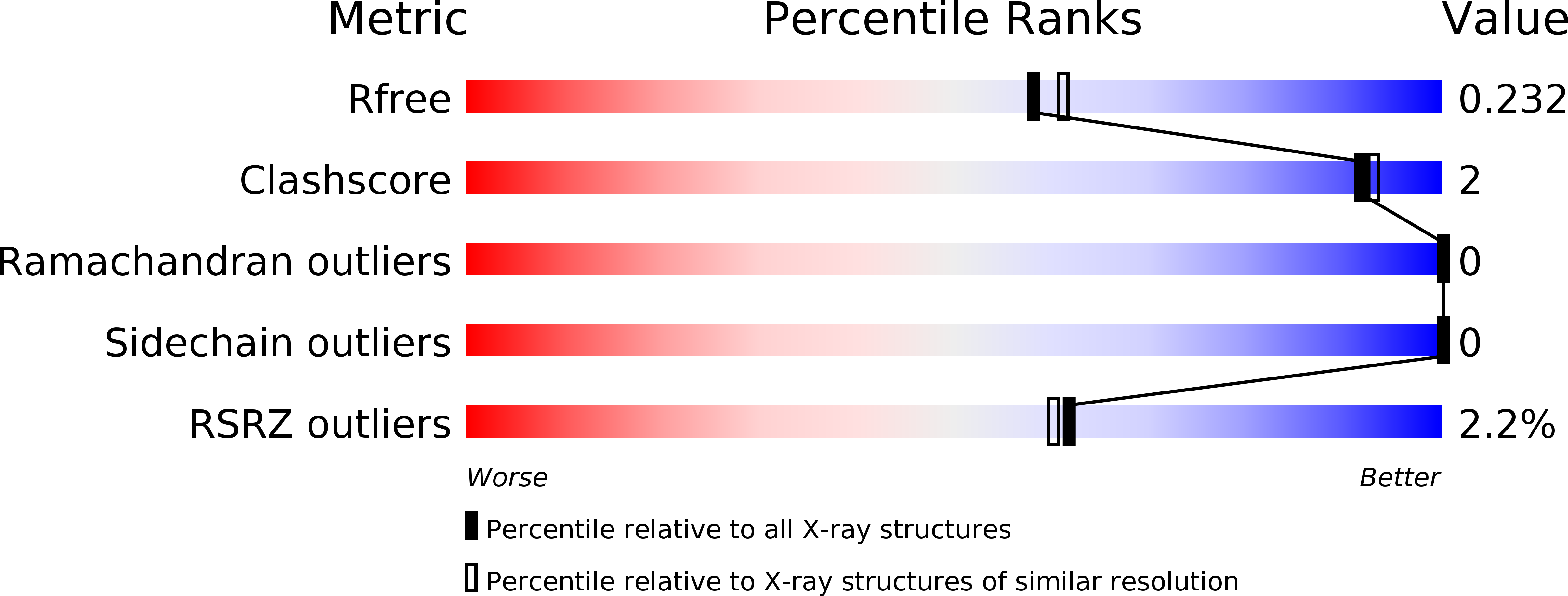
Deposition Date
2015-01-28
Release Date
2016-01-13
Last Version Date
2024-01-10
Entry Detail
PDB ID:
4XW2
Keywords:
Title:
Structural basis for simvastatin competitive antagonism of complement receptor 3
Biological Source:
Source Organism:
Homo sapiens (Taxon ID: 9606)
Host Organism:
Method Details:
Experimental Method:
Resolution:
2.00 Å
R-Value Free:
0.23
R-Value Work:
0.18
R-Value Observed:
0.19
Space Group:
P 21 21 21


